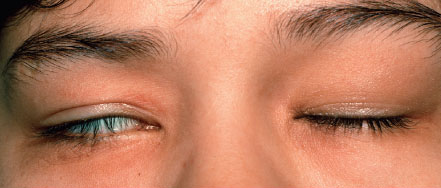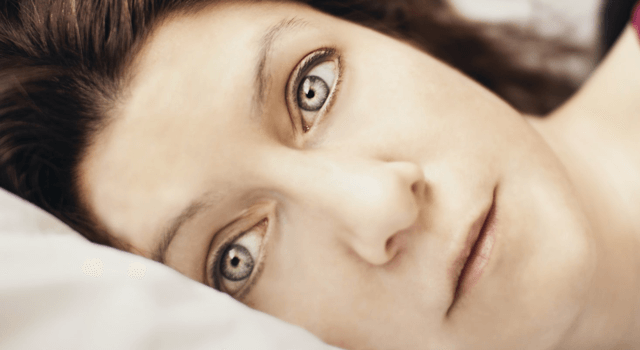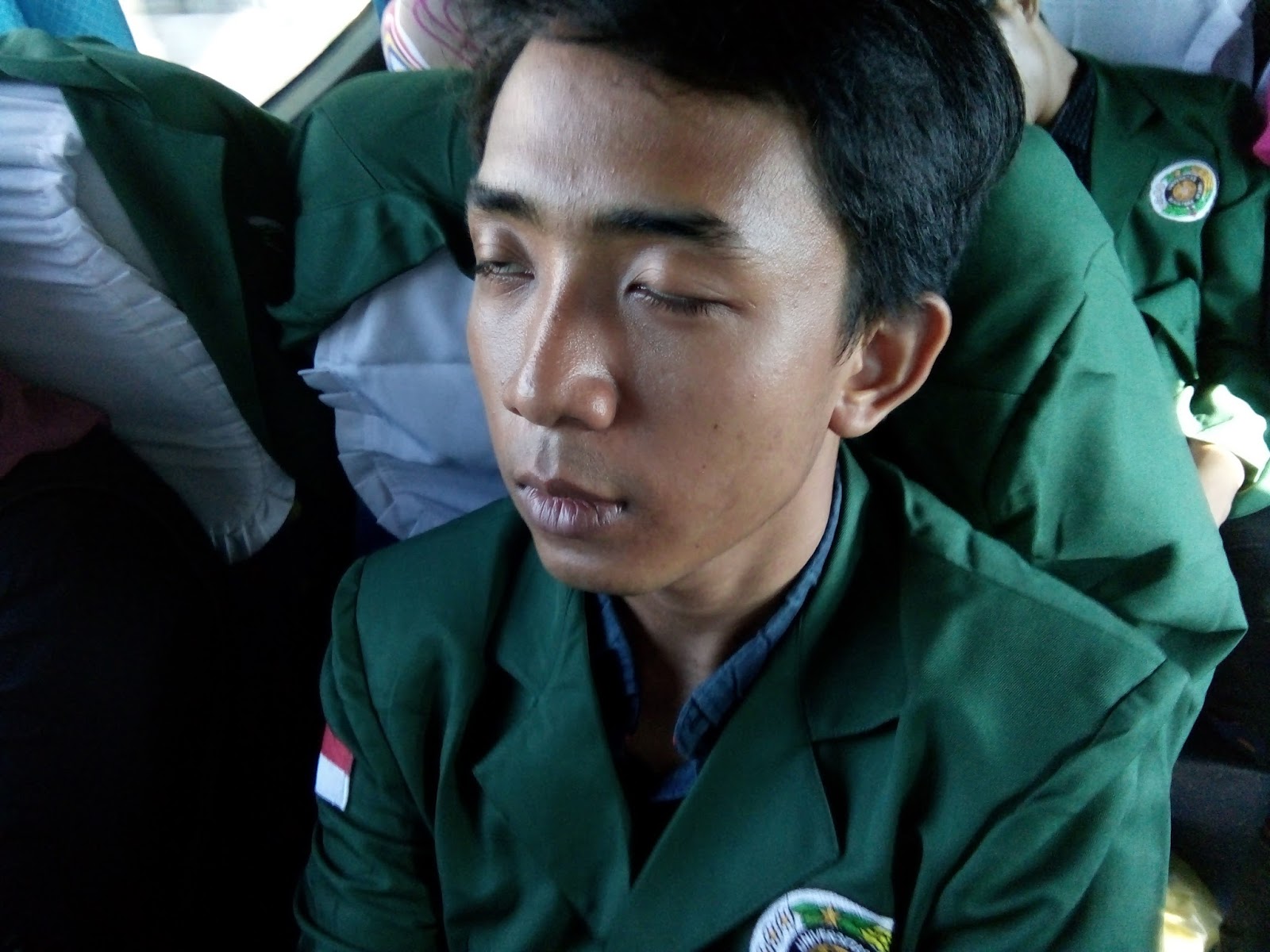
1,2ĭiagnosing NL NL is easily recognized when a patient presents with significant lid deformities. It is difficult to successfully treat any dry eye condition if NL is not effectively managed.Ĭommon triggers for NL include cosmetic surgical procedures, Botox (onabotulinumtoxinA injection, Allergan), Grave’s disease, floppy eyelid syndrome associated with sleep apnea and keratoconus, high axial myopia, lid deformities, age-related lid laxity, senile ectropion, and dermatochalasis. NL should be proactively investigated and addressed as, from my experience, it can greatly exacerbate other forms of dry eye (such as aqueous-deficient, Bell’s palsy, medication-induced, etc.). The problems associated with NL manifest similarly to those from inadequate blinking during the day or prolonged screen use: namely, symptoms of dryness and irritation due to enhanced tear film evaporation, with ensuing ocular surface inflammation. Nocturnal lagophthalmos (NL) describes incomplete eyelid closure during sleep. Once poor lid seal has been diagnosed, appropriate treatment can be given, as shown in the stated case study. Nocturnal lagophthalmos and sleep quality in patients with dry eye disease.The Korb-Blackie light test is a simple method for detecting poor nocturnal lagophthalmos and should be used to evaluate patients with dry eye. Increase in tear film lipid layer thickness following treatment with warm compresses in patients with meibomian gland dysfunction. Neuroanatomy, sympathetic nervous system. Anatomy, head and neck, eye superior tarsal muscle (Mullers muscle).

You can learn more about how we ensure our content is accurate and current by reading our editorial policy. We link primary sources - including studies, scientific references, and statistics - within each article and also list them in the resources section at the bottom of our articles. Medical News Today has strict sourcing guidelines and draws only from peer-reviewed studies, academic research institutions, and medical journals and associations. In some cases, individuals may have a surgical procedure to block the tear ducts permanently. People may use punctal plugs, small silicone or gel plugs that insert into the tear ducts. Treatments that block the tear ducts can help keep tears in the eye for longer. taking an omega-3 fatty acid supplement.using prescription eyedrops, which help the eye create more tears.Treatments to increase tear production include: The American Optometric Association (AOA) recommends using preservative-free artificial tears, as these may cause less irritation. Individuals may find they can treat dry eyes with over-the-counter (OTC) artificial tears. To treat reduced tear quality, people may use artificial tears. Using warm compresses could also help, which increases lipid secretion from the meibomian glands, according to an older study. This may reduce stimulation of the Muller’s muscle above the eyelid.

Performing relaxing activities, such as taking a warm bath, may help increase parasympathetic activity - which helps regulate the body’s “rest and digest function” - and decrease sympathetic activity before sleeping. The research also suggests the following treatments for NL: People can also use artificial tears to treat any symptoms of dry eyes. If there is an issue with any of these layers, it can cause the tears to evaporate too fast or not cover the surface of the eye evenly enough, which can lead to dry eyes.Īccording to a 2020 study, the simplest and most effective treatment for NL is to use an ophthalmic ointment before going to sleep. The layer helps spread tears over the eye evenly and keeps them attached to the surface of the eye.

The oil layer helps prevent the water layer from evaporating and keeps tears smooth for the eye to see clearly through. Oil layer: The meibomian glands that line the upper and lower eyelids secrete this layer.Water layer: The thickest layer that helps protect the eye from bacteria and keeps the surface of the eye hydrated.Tears consist of three layers, which all help protect the front of the eye: Tears cover the surface of the eye to protect it and keep it lubricated before draining out through the tear ducts in the corners of the eye. The lacrimal glands sit above each eye and help produce tears. A reduction in tear quality may be causing people to wake up with dry eyes.


 0 kommentar(er)
0 kommentar(er)
